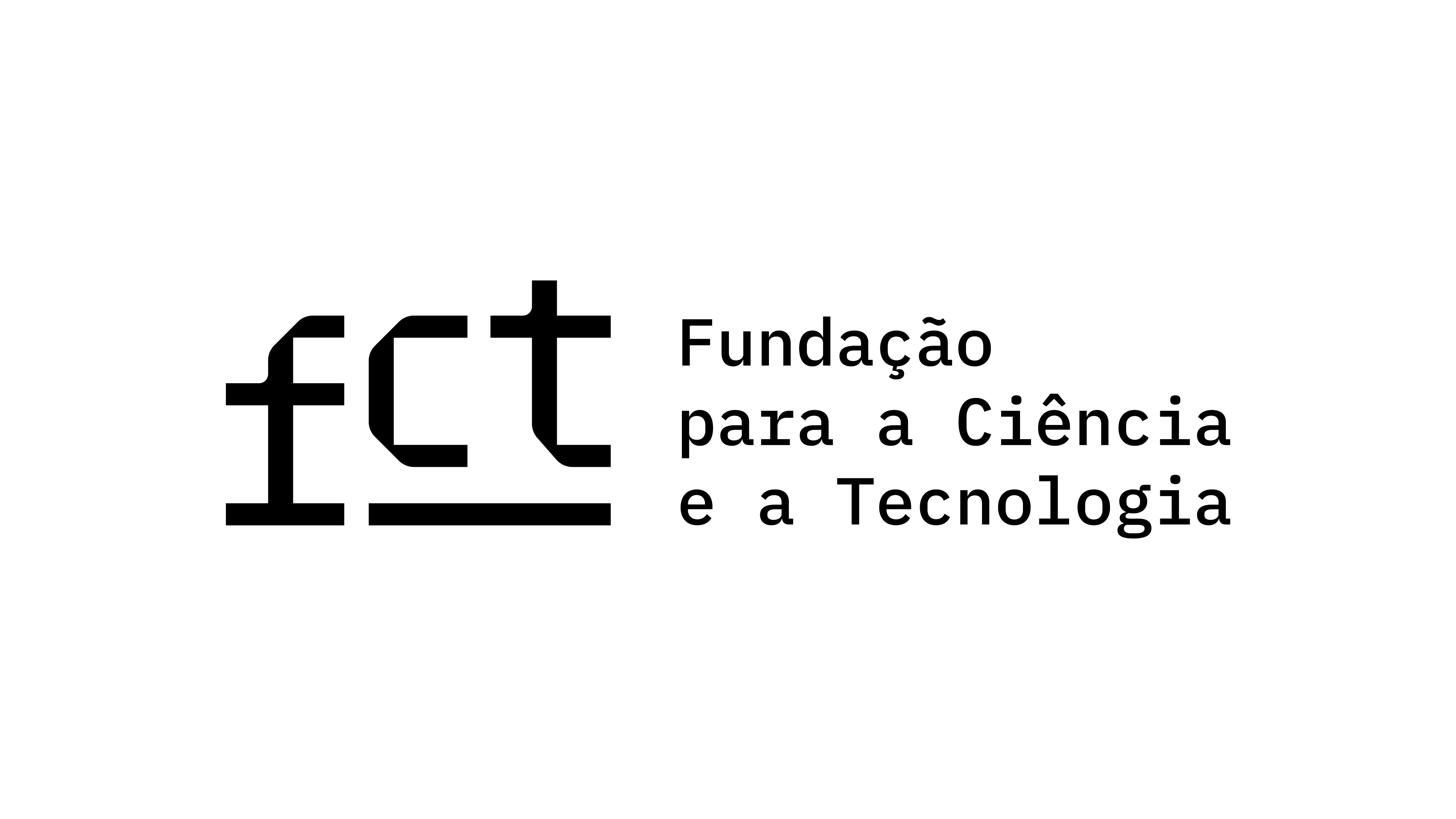Coexistências nas Margens: Reflexões sobre Douro, Faina Fluvial a partir de Deleuze e Guattari
Palavras-chave:
becoming, collective assemblages, documentary, Manoel de OliveiraResumo
This paper examines the first version of Douro, Faina Fluvial (1931), Manoel de Oliveira’s film, under the light of the theories of Gilles Deleuze and Félix Guattari, especially “cartography,” “becoming” and “collective assemblages,” concepts described in the paper. Could we envisage this film working with scenes that contain a narrative line based on the joint functioning of man, machine and nature/animal? The connection of these elements along the river is the main element the director captures with his camera. Thus, I reflect, in addition to other strands of thought, on the nature of the ties between the subjects the director puts forward in this work. I discuss how the documentary, which is influenced by Vertov’s Kino-eye of the soviet cinema, departs from a “game of different realms,” i.e., the recording and construction of a symphony of otherness that coexists in the same territory, expanding it and at the same time marking it. In this movie, men make alliances with the river, relationships with the boats, animals and machines. They are producing a universe along the Douro, marked by daily hard work. However, it is important to understand how the documentary explains the opening of new matches within these rooted connections on the riverside. Man, river, machine and animal before being limited at the level of representation, shot by shot ally in favour of “becoming the other.” It is on the trail of this intense relationship of exchanging alterities recorded and developed by the aesthetic force of Oliveira`s editing that this paper is based. At the same time, the text applies concepts of the cornerstone of Deleuze’s and Guattari’s philosophy.
Downloads
Publicado
Como Citar
Edição
Secção
Licença

Este trabalho encontra-se publicado com a Licença Internacional Creative Commons Atribuição 4.0.




